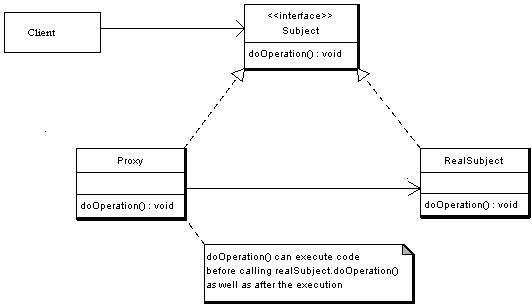The Adapter pattern is easy to understand as the real world is full of adapters. The general idea of an adapter in software development is identical to the one in the physical world. If you have been to different countries, you probably recognized that a lot of them are using differently shaped power sockets. Quite often, they are shaped in a way that the plug of your electrical device doesn’t fit. So, how do you connect the charger of your mobile phone or laptop to these power sockets?
The answer is simple. You get an adapter which you can put into the power socket and then you put your plug into the other end of the adapter. The adapter changes the form of your plug so that you can use it with the power socket. In that example and in most other situations, the adapter doesn’t provide any additional functionality. It just enables you to connect your plug to the power socket. The Adapter Pattern applies the same idea to object-oriented programming by introducing an additional adapter class between an interface and an existing class. The adapter class implements the expected interface and keeps a reference to an object of the class you want to reuse. The methods defined by the interface call one or more methods on the referenced object and return a value of the expected type. By doing that, the adapter class fulfills the expected contract by implementing the interface and enables you to reuse existing, incompatible implementations.
The Adapter Pattern is an often-used pattern in object-oriented programming languages. Similar to adapters in the physical world, you implement a class that bridges the gap between an expected interface and an existing class. That enables you to reuse an existing class that doesn’t implement a required interface and to use the functionality of multiple classes, that would otherwise be incompatible.
One advantage of the Adapter Pattern is that you don’t need to change the existing class or interface. By introducing a new class, which acts as an adapter between the interface and the class, you avoid any changes to the existing code. That limits the scope of your changes to your software component and avoids any changes and side-effects in other components or applications.
Thank you for reading!
Reference
https://dzone.com/articles/adapter-design-pattern-in-java
From the blog CS@Worcester – Gloris's Blog by Gloris Pina and used with permission of the author. All other rights reserved by the author.


